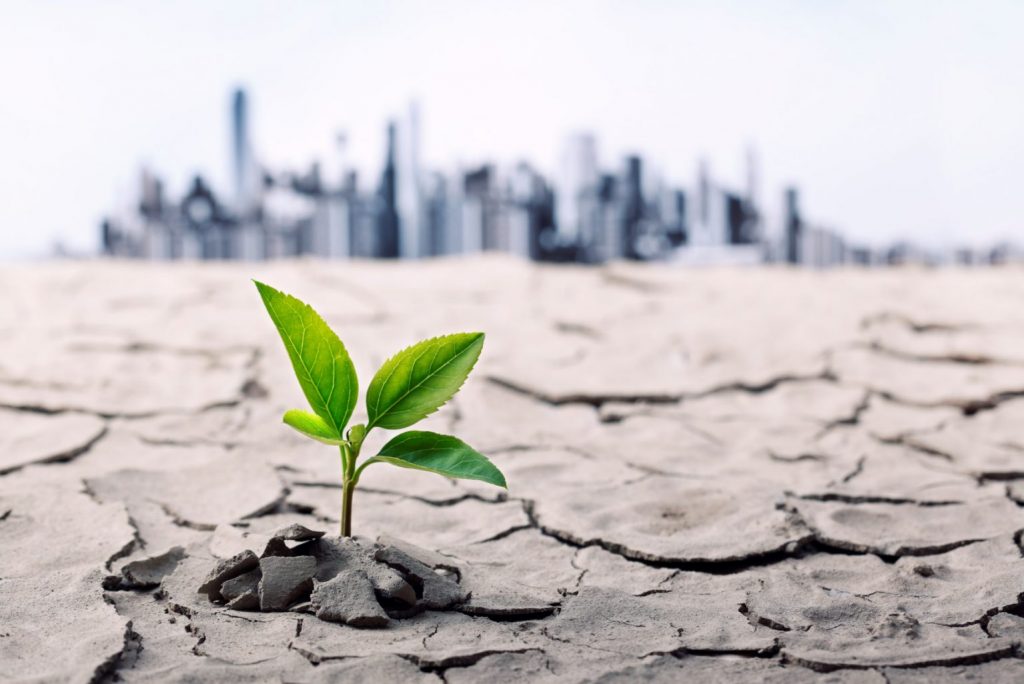As we call in the brand-new year, Asian businesses need to consider much better environmental disclosure, consisting of exposure to run the risk of the altering climate, among their 2021 resolutions.
Companies that disclose their environmental impact tend to be better run since excellent measurement results in good management. They are more ready for the transition away from carbon-based energy sources, so they are less most likely to be blindsided by regulative initiatives that will need big cuts in CO2 emissions. Doing the ideal thing also helps win support from customers, politicians, and the public, so it assists with the social license to operate.
For companies today, substantive ecological disclosure ought to report the business’s CO2 emissions– ideally its direct and indirect ones, consisting of those of its supply chain, and its item’s emissions as soon as sold in the market (referred to as Scope 3 emissions). The business needs to set a target for decreasing emissions, report progress towards that target, and C-suite executive settlement should in some step be connected to satisfying these goals. Lastly, and crucial, the company should gain from the process and effect modification.
This sort of disclosure is new, but acquiring traction quickly. In the majority of nations in Asia it is not mandated for openly traded business. But the landscape is altering. Trading places, including Hong Kong Exchanges and Clearing (HKEX), progressively require ecological, social, and governance disclosure.
Disclosure requirements like those of the Job Force on Climate-related Financial Disclosures ( TCFD), recently embraced by Japan, are planned to assist develop factors to consider the impacts of environment modification into routine service and monetary choices. According to TCFD materials, adoption can help companies demonstrate duty and foresight. The hope is that such disclosure will cause a more educated and efficient allotment of capital, and assist facilitate the energy shift.
Suggestion, to fulfill the Paris Accord’s objective to keep at a safe warming level, international emissions need to flatten by 2050 and after that turn steeply unfavorable. Nations are pitching in with rigid decarbonization targets, which are ratcheting tighter in advance of next November’s conference of Paris Accord signatories, in Glasgow, U.K. For example, China revealed it would reach net zero by 2060. Japan, South Korea, and, now under Biden, the U.S. will all intend for climate neutrality by 2050.
Business needs to take note. Financiers care about this. So do lending institutions and insurance underwriters, all of which are increasingly evaluating climate-related danger in their decision-making. Below are a few examples of how corporate environment disclosure notifies investors and has helped drive change, handle risk, and construct a brand name for 3 different businesses.

TSMC, the world’s biggest semiconductor foundry, is an example of strong disclosure and forward-thinking. There is board-level oversight of sustainability goals, and monetary rewards are tied to satisfying emissions reduction, energy efficiency, and other green objectives.
TSMC places a strong emphasis on energy efficiency throughout its organization. Its latest 5-nanometer chips are over 13 times more energy-efficient than its previous low-power consumption products. And it is dealing with its suppliers to help them end up being more energy-efficient, with a goal of 1.5 billion kilowatt-hours of energy usage decrease by 2030.
TSMC is one of Taiwan’s biggest electrical energy customers and counts on uninterrupted power for its wafer fabs. It is an example of how large companies’ adoption of clean power objectives can have a positive impact on power systems.
The Taiwanese federal government is transitioning far from nuclear, which has caused power lacks and outages. In its climate disclosures to CDP, a not-for-profit disclosure platform, using the TCFD methodology, TSMC described the risk of power disruptions and blackouts to its service. It has likewise been dedicated to sourcing 25% of its power usage for semiconductor fabrication from sustainable energy by the end of 2030.
TSMC’s long-term objective is 100% renewable power. It joined RE100, a renewable power buyers consortium, in 2020, and was the very first member from the semiconductor space. In order for Taiwan to satisfy the need for clean power from huge commercial users like TSMC, it has included substantial brand-new capability builds of overseas wind into its energy plan and is working with Orsted, the Danish wind developer in the buildout.
Not all companies are as big or prominent as TSMC. CLP Holdings, the electric energy that supplies most of Hong Kong’s power, is an example of a company that should change its business model to meet significantly strict nationwide goals. As part of greater China, Hong Kong just recently revealed a goal of carbon neutrality by 2050.
Though it has had ambitious decarbonization goals because in 2007, in 2019 CLP adopted TCFD approach to help inform its story. In its words, it did so hoping that TCFD will help stakeholders better comprehend how the group handles climate-related risks and chances, their influence on business, as well as its progress in managing these threats.
CLP’s current Climate Vision 2050 devotes the group to prevent buying any additional coal-fired generation assets and phase out coal from all operations by 2050. With non-carbon producing energy making up simply 24.9% of its generation portfolio, however, CLP’s environmental disclosure will play a vital future role. It will be important to show stakeholders understand how the company plans to transition its generating portfolio, in-line with Hong Kong’s net no objective.
A third and really various example comes from Schneider Electric, an example of a company with strong environment disclosure that is making money from the energy transition. The company began re-tooling its service model some 15 years ago. Its CEO has moved its headquarters to Asia and focused on items that would assist the world to decarbonize, concentrating on energy management and industrial automation.
By its own reckoning, 70% of its products now are “green.” Its strategy to reach net-zero functional emissions by 2030 has been confirmed by the Science-based Targets Initiative. As part of its strategy, it engages with its suppliers, pursuing a net-zero supply chain by 2030. And it prepares to reach the Paris Accord objective of carbon neutrality in its expanded community by 2025–– 5 years early–– by delivering more CO2 savings to clients than its carbon footprint.
Schneider Electric submits on the CDP platform, using TCFD method, and is a member of RE100, a consortium of significant corporate power buyers devoted to 100% renewable resource by 2030. Sustainability is a board-level governance concern, and monetary rewards are tied to satisfying sustainability goals.








